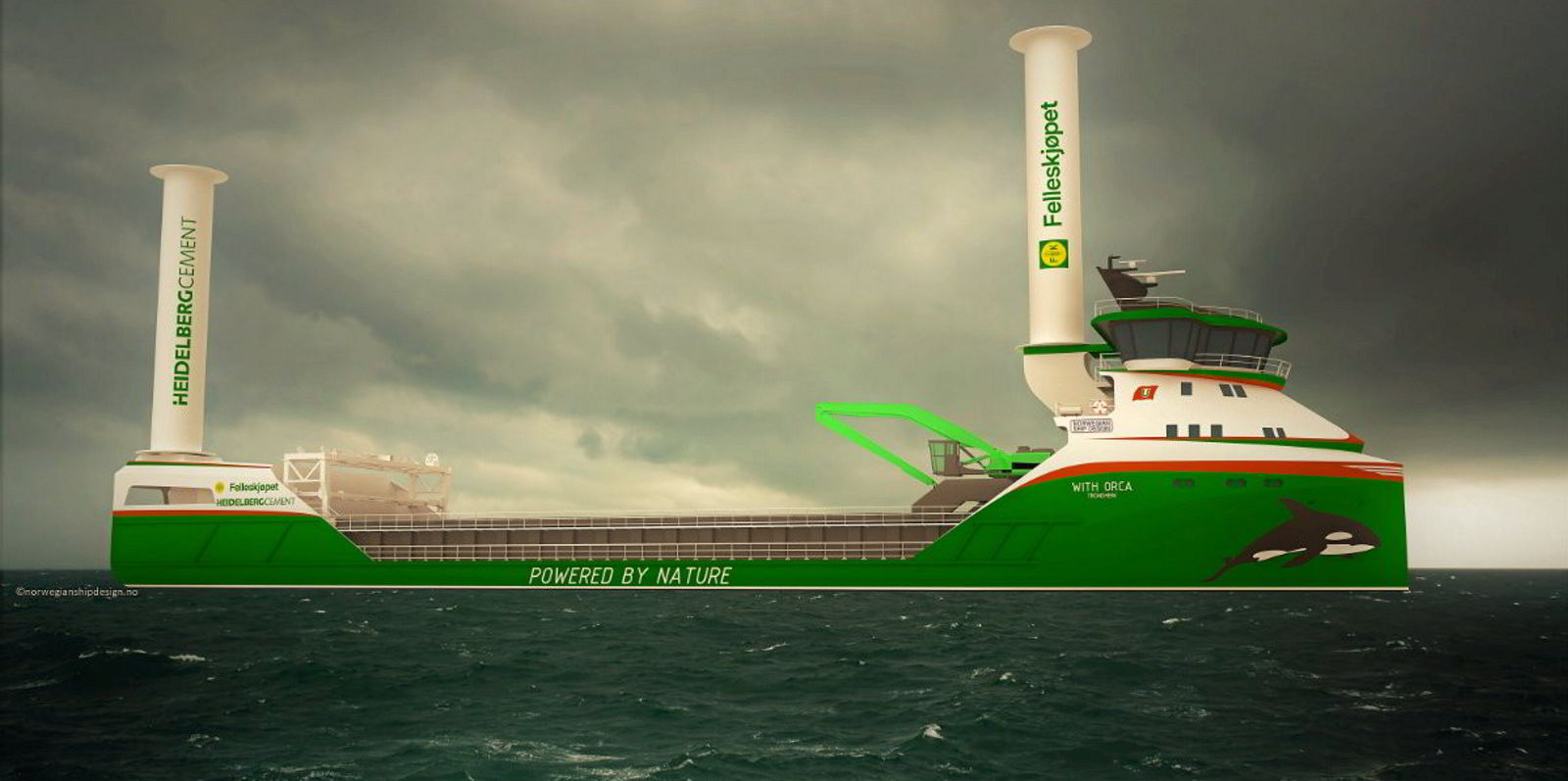The International Chamber of Shipping (ICS) has put together a plan for a fund-and-reward system using the concept of contracts for difference (CfDs) to narrow the gap between alternative and fossil fuels — but, based on carbon emissions, it said it would cost less and help pay for a global transition to a net-zero future.
The ICS has just put in submissions for such a system to be debated by the International Maritime Organization as part of its next steps to decarbonise shipping.
Simon Bennett, deputy secretary general at the ICS, told TradeWinds that the group can see commercial possibilities for CfDs as a tool in negotiations between operators, charterers and fuel suppliers.
But he said its main focus is trying to influence the regulatory framework in which shipping has to operate.
He said the concept for a fund-and-reward system has been developed from an original Chinese proposal and is gaining traction at the IMO.
“It is for a levy per tonne of CO2 consumed by ships, although we prefer to call it a contribution, that will go to an IMO fund, the majority of which would pay rewards to those ships that use eligible alternative fuels,” he said.
The alternative fuels are still to be defined but would likely include ammonia, methanol and hydrogen.
Bennett said a problem with CfDs is that bridging a two-to-three times price difference between alternative and fossil fuels might suggest a quantum of that order, whereas the fund-and-reward approach would not have to raise huge sums right from the outset because only a relatively few first ships would be burning the new fuels in the early days.
“It is an economic measure that can kick-start the transition without setting the quantum of the levy at a level that, in the jargon, is going to have disproportionately negative impacts on states by raising the price of marine fuel,” he said.
He added that fund and reward would give a real incentive to first-mover shipowners and fuel producers, with a to-be-agreed significant amount of the finance raised used to support developing countries making maritime greenhouse gas reductions through green-fuel production projects or developing port infrastructure.
Basing rewards on the amount of CO2 emissions that are cut can make the system neutral as to which fuels are burned, according to Bennett, and can also be linked to energy densities.
An advantage might also be that a fund-and-reward scheme could be based on a percentage of an average price of conventional fuels, rather than CfDs having to work on as-yet-unknown prices of the new fuels.
Previously, research commissioned by the ICS has suggested a figure of about $50 per tonne of CO2.
The ICS aims to submit further proposals on how the regulatory structure of a fund-and-reward system would work at the IMO.
Bennett said: “If there is political will at the IMO, we could have a global economic measure adopted as early as 2024.”
That would be one year ahead of the implementation of the European Union’s Emissions Trading System, opening the way for the EU to consider revisions in the light of a global carbon-pricing system being put in place by the international shipping regulator.
With the IMO’s short-term carbon-cutting measures, such as the Carbon Intensity Indicator, now in place, there is growing hope that shipping’s regulators are more ready to adopt a global levy-based funding system than they were in 2022, when the ICS’ earlier $5bn research and development fund proposal was rejected.






